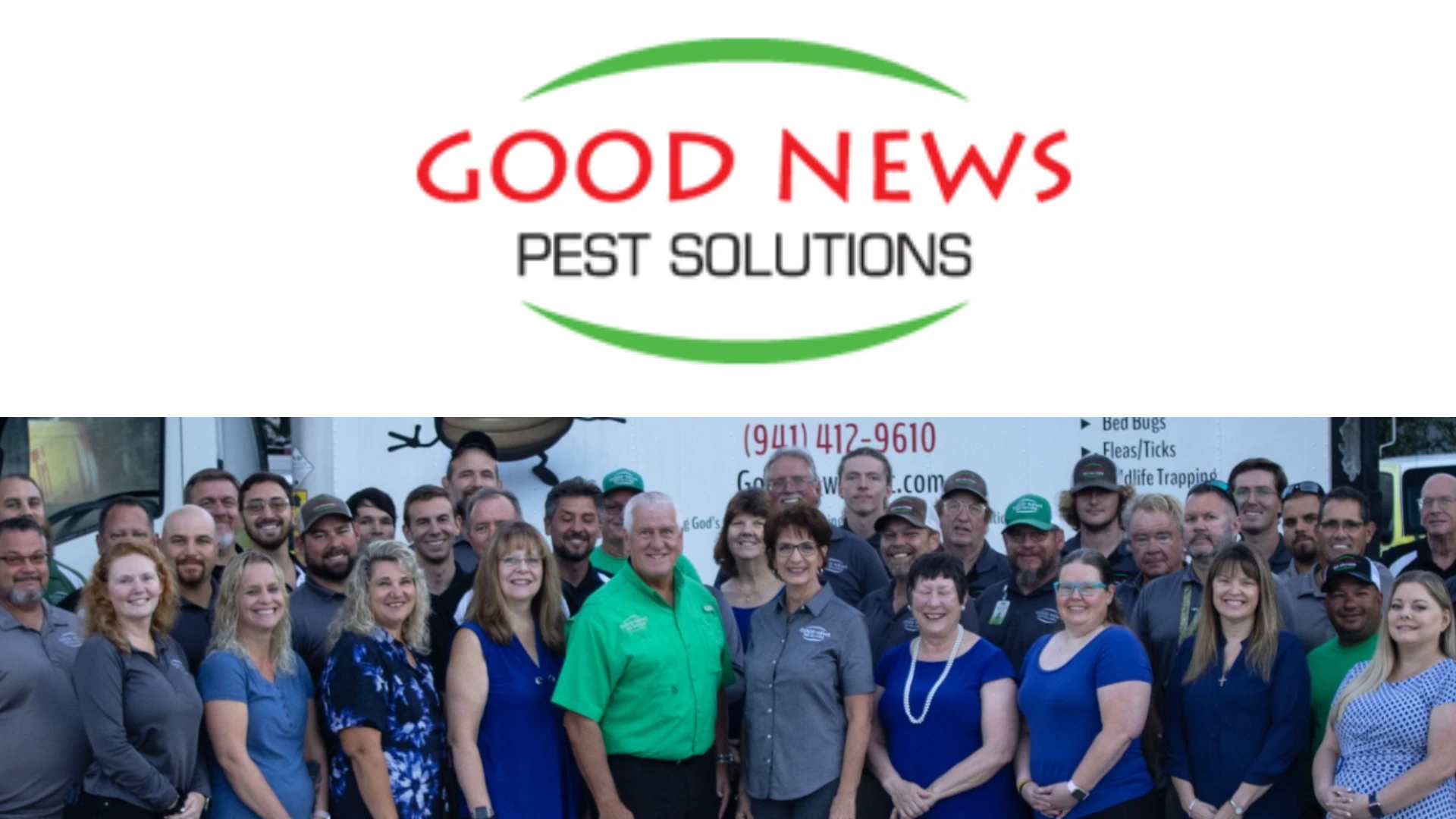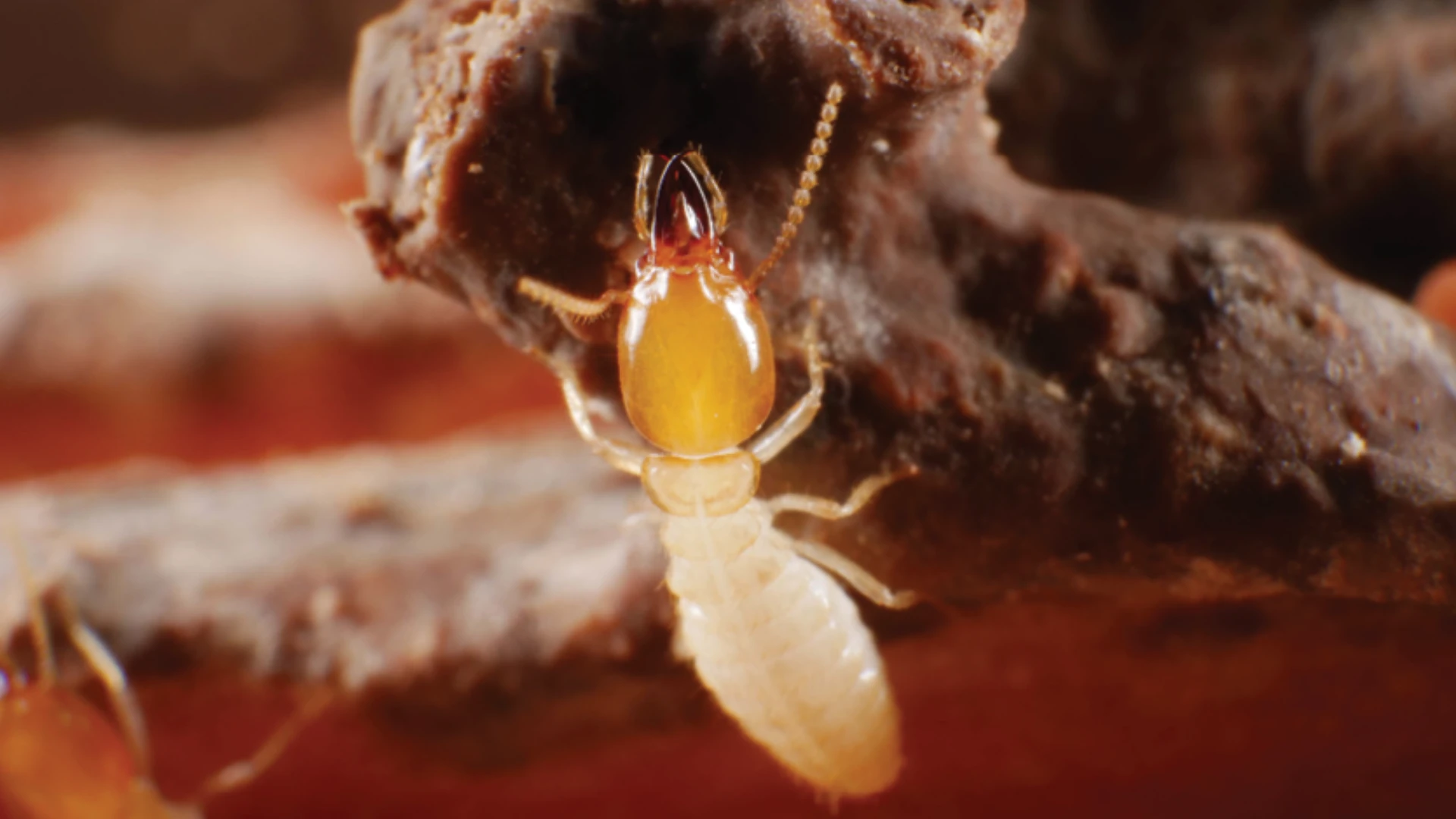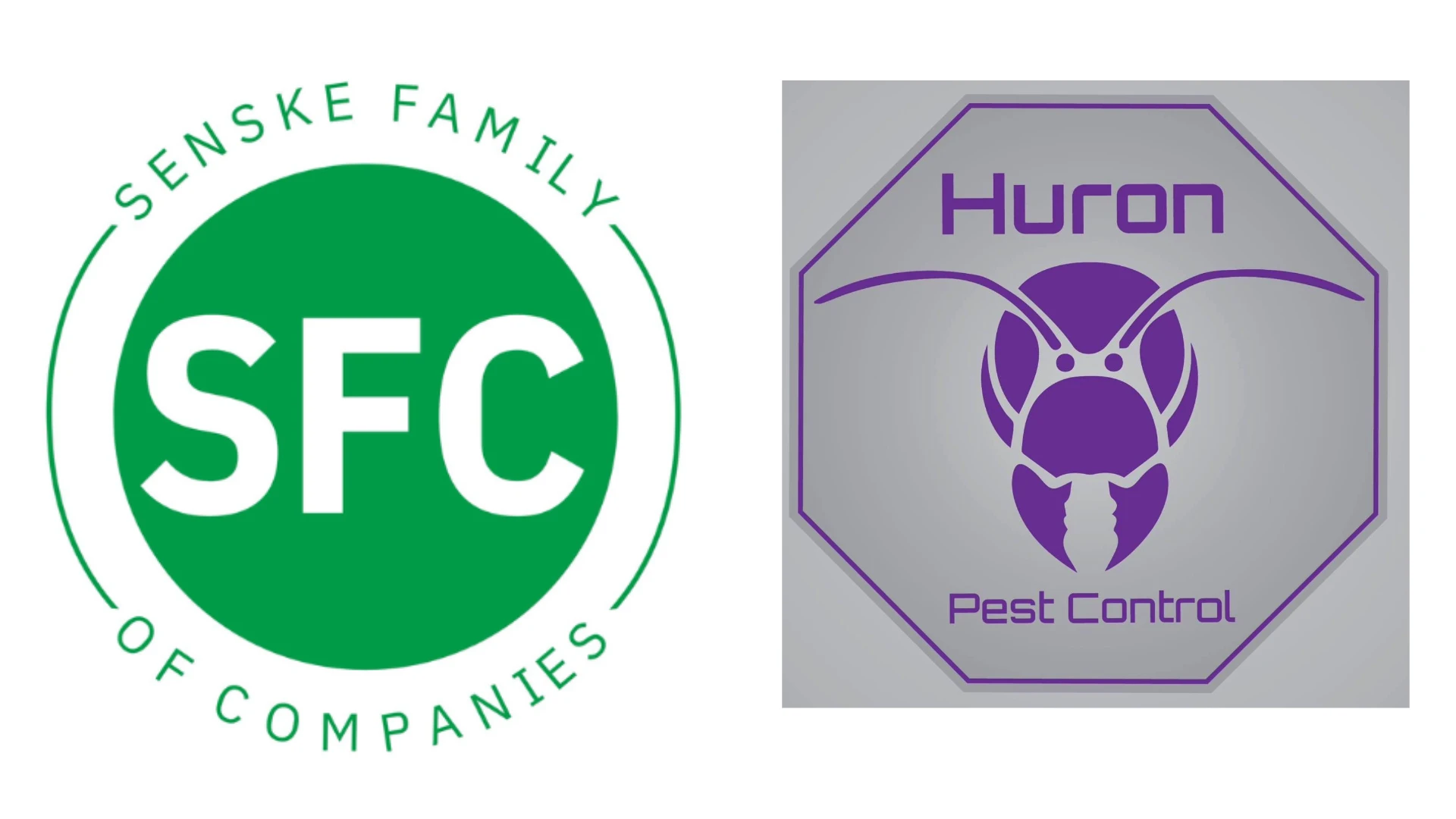Most of us in the pest management industry know that some purchase agents and consumers select their pest services based on price only, electing to go with the cheapest companies or the lowest bid. Presumably, the assumption among these buyers is that all pest management services are basically the same, and as such, they select those who will do the service for the least cost. For buildings and accounts with low pest pressure, minimum building complexity and product or operations where little is at risk to pest damage, economizing pest services may be smart shopping.
However, for certain commercial accounts — particularly for sensitive accounts such as schools, hospitals, airplane companies, computer-dependent banking facilities, food handling accounts and others — the strategy of low bid pest management may unfortunately translate into a situation of low bid equals high risk. Let’s examine why.
In low priced pest management services, the costs not charged to the client, of course, have to be accounted for in some manner. As most of us know, the trade-off is usually in the amount of time allocated to service the account. In other words, those companies that charge more typically budget the proper time to both service and also proactively inspect the account each visit. For sensitive accounts this means a greater chance of preemptive strikes against new or insidious pest infestations, and thus, preventing damage or disease transmission.
The lower bid service, on the other hand, allows for little more than the technician to "get in and get out." As a result, critical diagnostic observations are sacrificed because the technician only has the time to run the proverbial trap line, apply some bait or spray in only those areas the client perceives as needing pest protection.
Sadly the "low bid, high risk" scenario happens on a daily basis all around the world. Let’s look at a few "real world" examples and how low bid services can result in high-risk situations in rodent pest management programs.
RODENTS AND GNAWING. The word "rodent" means "gnawing mammal." This, of course, is a very appropriate term. When you consider all of today’s critical man-made materials (e.g., cement, steel, plastics, etc.) and technologies (electricity, the wheel, motors, etc.), the end of the 20th century finds us heavily dependent on another man-made material of vital significance: wire. As most of us know, both electrical and telecommunication wires are particularly prone to rodent attacks.
To this point, A.N. Meyer, one of the authors in the outstanding book, Rodents and Their Control (CAB International), states in his chapter that "the electrical system is the single most susceptible component of a (food) storage facility to rodent damage." This succinct statement is very powerful. However, it’s been my experience that we can extend this statement to also include many types of commercial structures and vital human transportation modes. And by doing so, this one statement alone provides critical guidance as to the seriousness of implementing quality rodent control programs in urban environments. Gnawing rats, for example, have already shut down the Internet.
Still, the association of rodents to wires is either too subtle or unknown to the public who hires a pest professional to control the mice and rats that may get into their businesses. Throughout the past 75 years, there are literally thousands of cases involving rodent gnawing damage ranging from causing death to huge monetary sums quickly lost by businesses due to rodents gnawing on wires or computer components.
Personally, every time I board a commercial jetliner, one of the things that flashes through my mind is whether or not the airline company was insightful enough to purchase a pest management service that allows the technician to proactively inspect the hidden areas of the plane for potential rodent problems instead of having only enough time "check and treat the hot spots" and get off the plane in a hurry. All of us probably agree that a wire-loving, gnawing mammal is the absolute last thing we want sharing our flight.
RODENTS AND DISEASE. Let’s consider another real example of an uninformed consumer wanting to keep their pest control bill as low as possible. The administrators of a large school in a semi-rural area, in an effort to keep their pest control service bill as low as possible, purchased a service that would involve only the kitchen and storeroom once a month to keep any ants and cockroaches in check.
Thus, to profitably service this school, the technician only had time to quickly check and possibly treat the two rooms included in the contract. The school’s plan was "if we get a problem, we’ll call you." But such reactive thinking is risky when the "product" needing protection is highly sensitive (i.e., children). Unfortunately (and unbeknownst to anyone), deer mice had moved into the school and proliferated in cluttered student lockers and in various suspended ceilings in different parts of school. After several months, and an incident of deer mice moving into the jacket of one of the students, the pest management professional was called back in to "quickly do something" (i.e., "now, wave the magic wand, please").
Concerned parents have every right to ask the school if good preventive programs are in place that reduce the risk of their children encountering rodents that can transmit diseases such as hantavirus. Unfortunately, school administrators are often required to pursue the low bid approach for contracting various services. With pest management, allocating the service and program to the lowest bidder may be acceptable only if all the bids meet the criteria for performing quality IPM programs, backed up by verifiable results and good documentation.
Certainly, other factors play into the choices associated with selecting a pest management service. The fact that a company presents the highest bid in town can’t guarantee the service will be outstanding and proactive. Consumers still need to do their homework, check references and do some smart comparative shopping to avoid either shoddy service or overpaying for the service. But generally, if one bid is significantly lower than all others, the "low bid, high risk" flag should go up.
Many examples involving the food and warehouse industry, apartment and condominium accounts and others could be listed here as to the public learning the hard way about the hidden costs of selecting the cheapest pest management service in town. Hundreds of thousands of dollars in food have been thrown out due to the activity of pests unseen by rushed technicians. Lawsuits have resulted in tenants being bitten by rodents that were questionable as to the reason for their presence in the building.
With pest management, like many other professional services, we perhaps have to do a better job of educating the public that you get what you pay for. It pays to hire companies that may be more expensive. The higher price reflects better-trained technicians that look deeper, are proactive and can increase the chance of preventing serious pest incidences from occurring in the first place. In other words, "higher price, lower risks."
Dr. Robert Corrigan, a contributing editor to PCT magazine, is president of RMC Pest Management Consulting, 5114 Turner Road, Richmond IN 47374, 765/939-2829.

Explore the November 1999 Issue
Check out more from this issue and find your next story to read.
Latest from Pest Control Technology
- Webinar: Employee Incentives — Going Beyond the Annual Raise
- Pest Control Companies Helping Neighbors in Need Eradicate Bed Bugs
- Why Does Marketing Feel So Opaque?
- How Did This Pest Get Its Name?
- Rose Pest Solutions Honors Top Performers with Annual Chief’s Club Awards
- Doug Foster on Termite Control Equipment, Resources
- Pest Control Consultants Acquires EcoGuard Pest Control
- Pest Index Increased 9 Percent YOY in February





